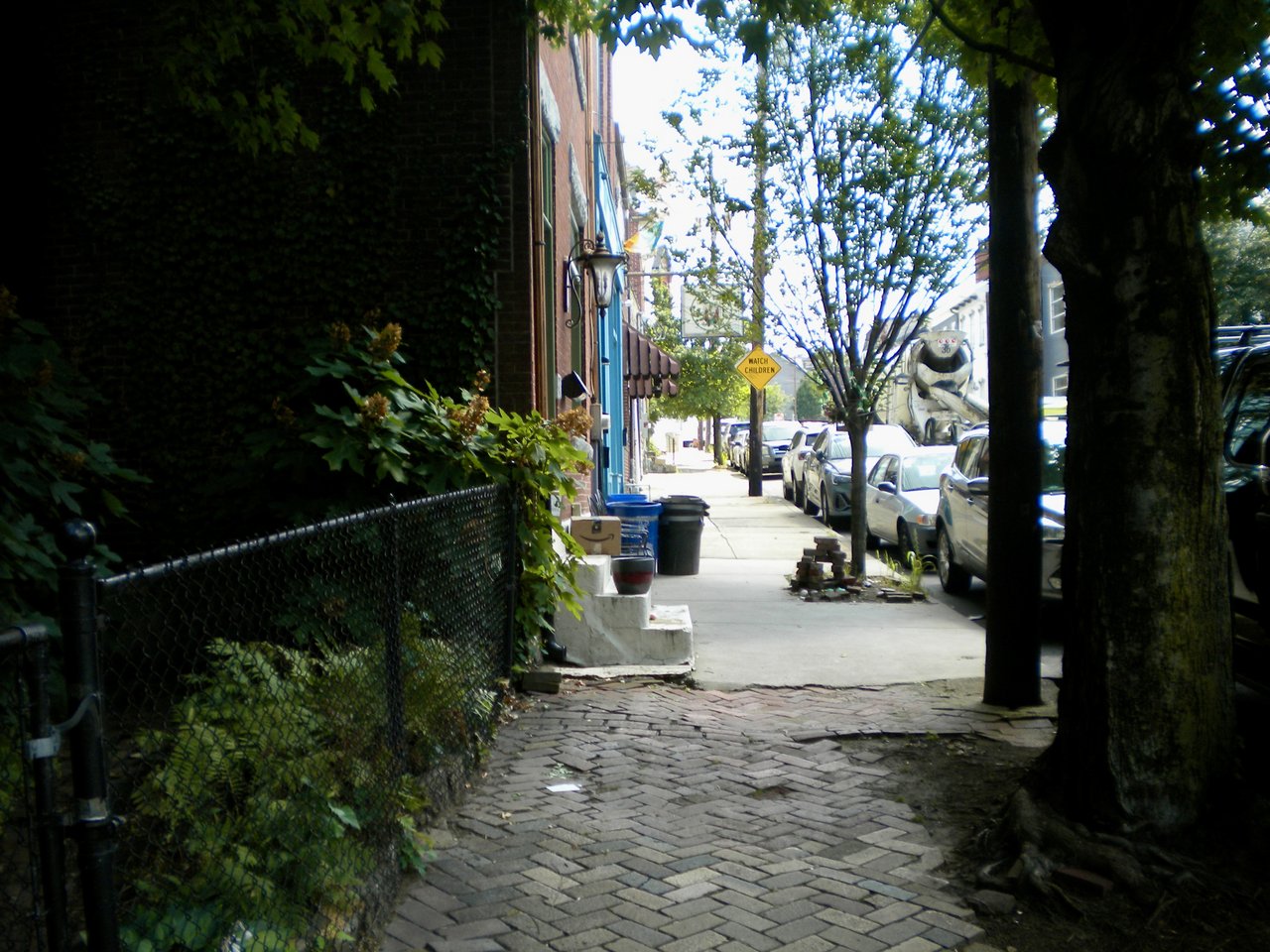Walking in a car-brained world

If you live in America, you probably drive a car often. In many ways, this is a choice that was made for you. After World War II, we decided to stop building walkable places, and as a result, most of the American landscape is a series of parking lots, strip malls, and deadly four-lane stroads. In most American neighborhoods, walking is generally unpleasant. What’s more, it’s become increasingly difficult to complete errands on foot because we’ve consolidated our city’s services into strip mall big box hellscapes.
But walking or cycling everywhere is a sure way to immediately increase your freedom. By reducing or eliminating your dependence on your vehicle, you save gobs of money, reduce your carbon footprint, and improve your physical health.
The walk is also a Bohemian haven, providing ample time and space to think, daydream, and relax. This is in stark contrast to the typical car commute, riddled with honking horns, stressful merges, and impatient tailgaters.
Because of America’s descent into car-brained suburban hell, the best thing you can do for your mind, body, and soul is to live in a pre-war neighborhood. These were built before the dawn of car-dependence and therefore have all of the ingredients for walking bliss: Narrow streets, small block sizes, quaint commercial areas, parks, and moderate density. Because of this, housing in pre-war neighborhoods is often more expensive, but you’ll be surprised what you can find if you look.
Some examples of pre-war neighborhoods include:
- Lawrenceville, Pittsburgh, Pennsylvania
- Alphabet District, Portland, Oregon
- Historic Old Northeast, St Petersburg, Florida
If at all possible, you’ll also want to find employment within a 20 minute walk from your new abode. This will ensure you don’t need to use your car day-to-day and get to reap the benefits of your new walkable environ. The ideal solution is finding a remote job you can do from home or building your own cottage industry, since this will eliminate the need for a commute entirely. But if that’s not possible, see what employment you can find within walking distance. Even if you take a small pay cut, this can actually translate to a pay rise by the time you factor in the true cost of car commuting, including gas, oil changes, insurance, depreciation, and the like. Be sure to do the honest math. You’ll probably surprise yourself!
While leisurely strolls and useful walks to shops and services will be worlds more pleasant in these neighborhoods than in their suburban counterparts, America is still stuck in its car-dependent frame of mind. As a result, you’ll witness some of your neighbors angerly trying to force their F-150’s into parking spots designed for Model T’s and wondering why the neighborhood streets force them to slow down so much. This will be frustrating to you, because you realize slowing down is the path to the good life. That’s why it’s important to adopt the attitude that you’re going at your pace and they’re going at theirs. I invest in index funds, so every time I see one of those unnecessary giant lifted truck monstrosities I remember I own shares of automotive companies, and smile knowing the driver’s “Protestant work ethic” is funding my idle time.
If you walk far enough in any direction outside your beautiful pre-war neighborhood, you’ll inevitably wind up on streets designed for cars. It is in these moments your resolve will falter and you’ll be tempted to get back behind the wheel, if only so you don’t have to endure the terror of fast-moving traffic zooming past you as you navigate a dangerously narrow sidewalk and the anxiety-ridden task of crossing a four-lane two-way inner-city highway with no crosswalks. It is at this point that you’ll want to create a mental map of your city’s most pleasant routes. Chances are, you’ll find residential streets, alleyways, and alternative routes which, despite taking longer to travel the same distance, are considerably more pleasant to walk. Take the time to experiment. Walk streets you’ve never walked before and deepen your understanding of your city. You’ll uncover a whole world of sights and sounds you didn’t know were there, right under your nose.
Driving a car isolates you from the rest of the world. The walk is a courageous act of defiance which reclaims our autonomy of movement and the sanctity of our time. By reorienting your life away from car-dependence, you’ve taken a huge step toward the good life.